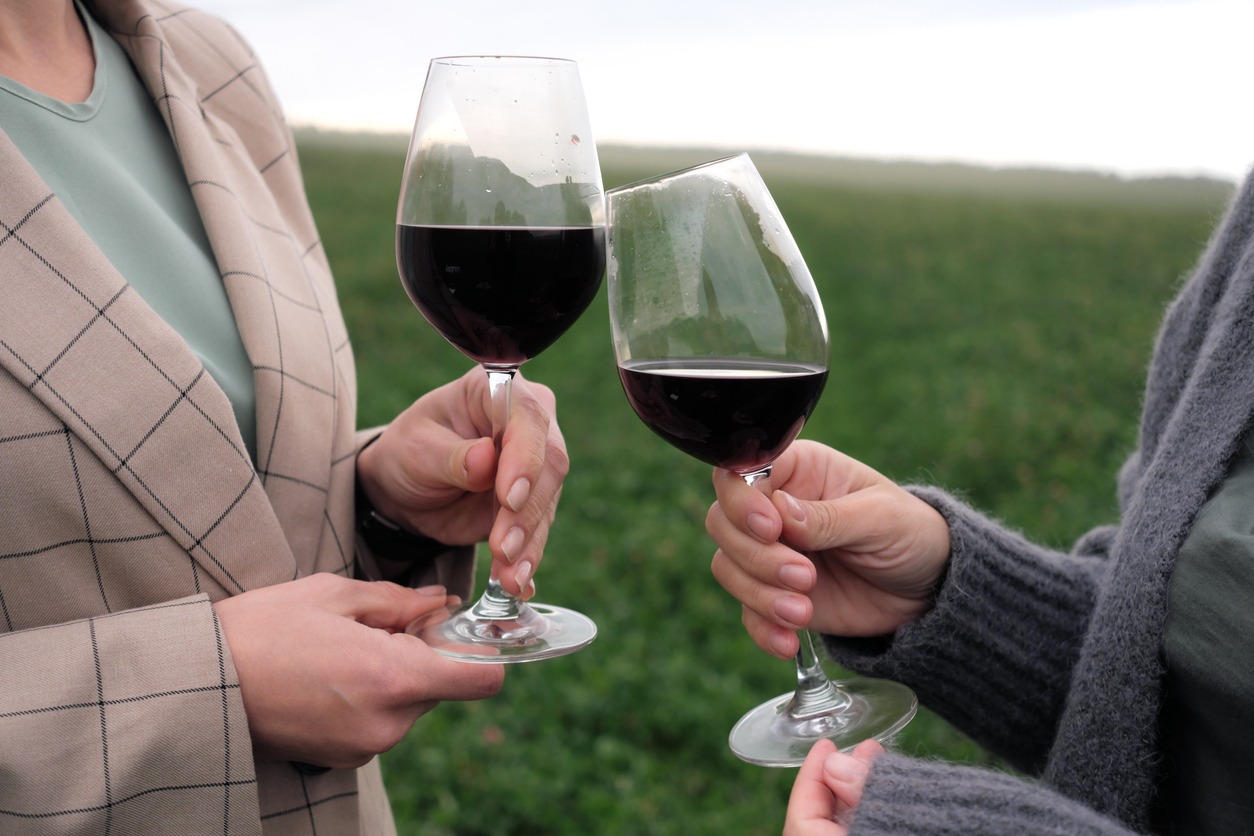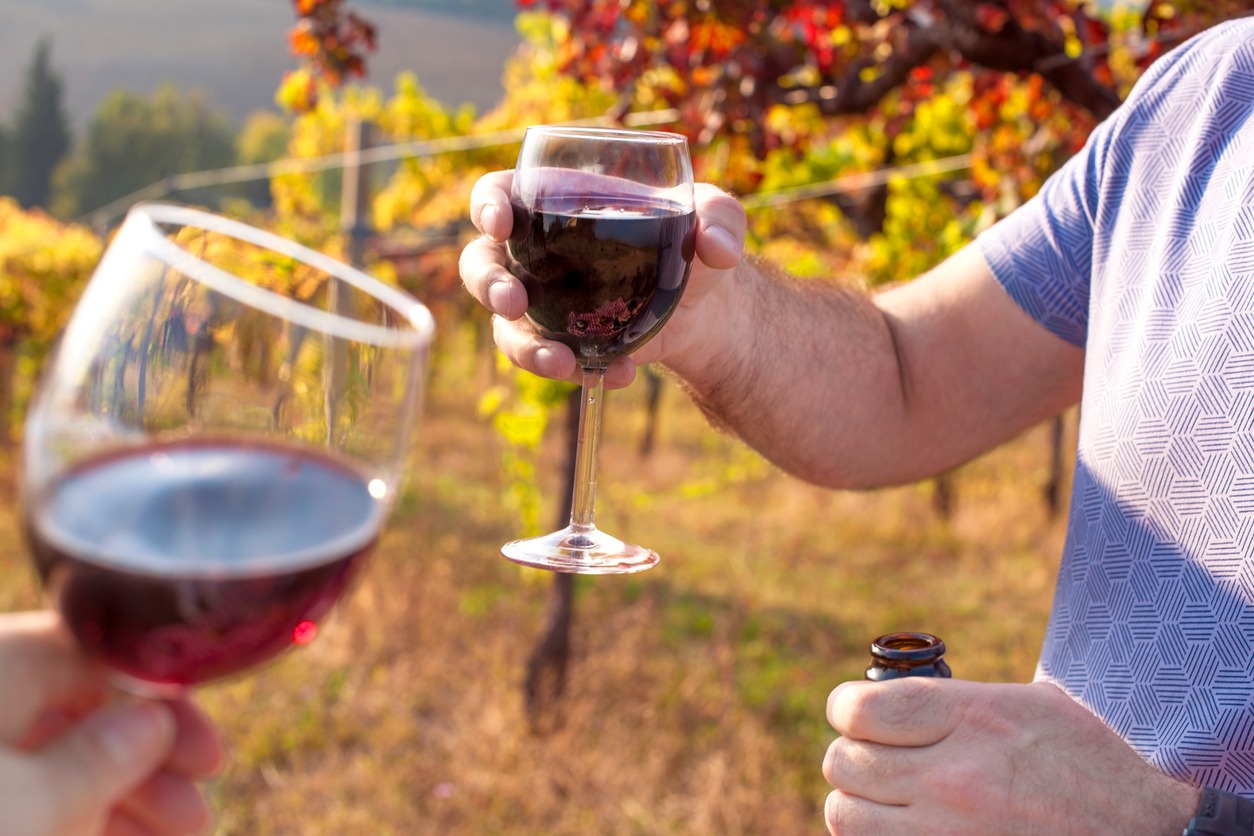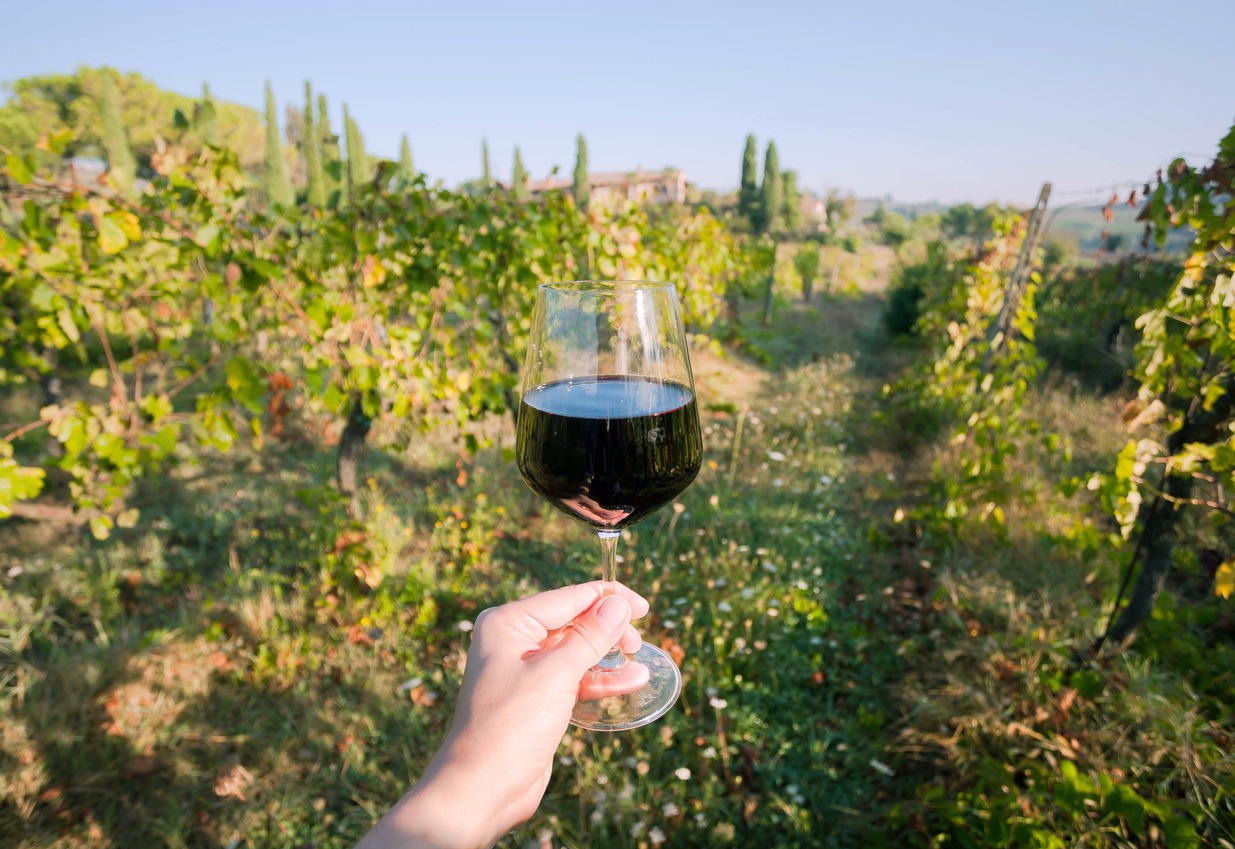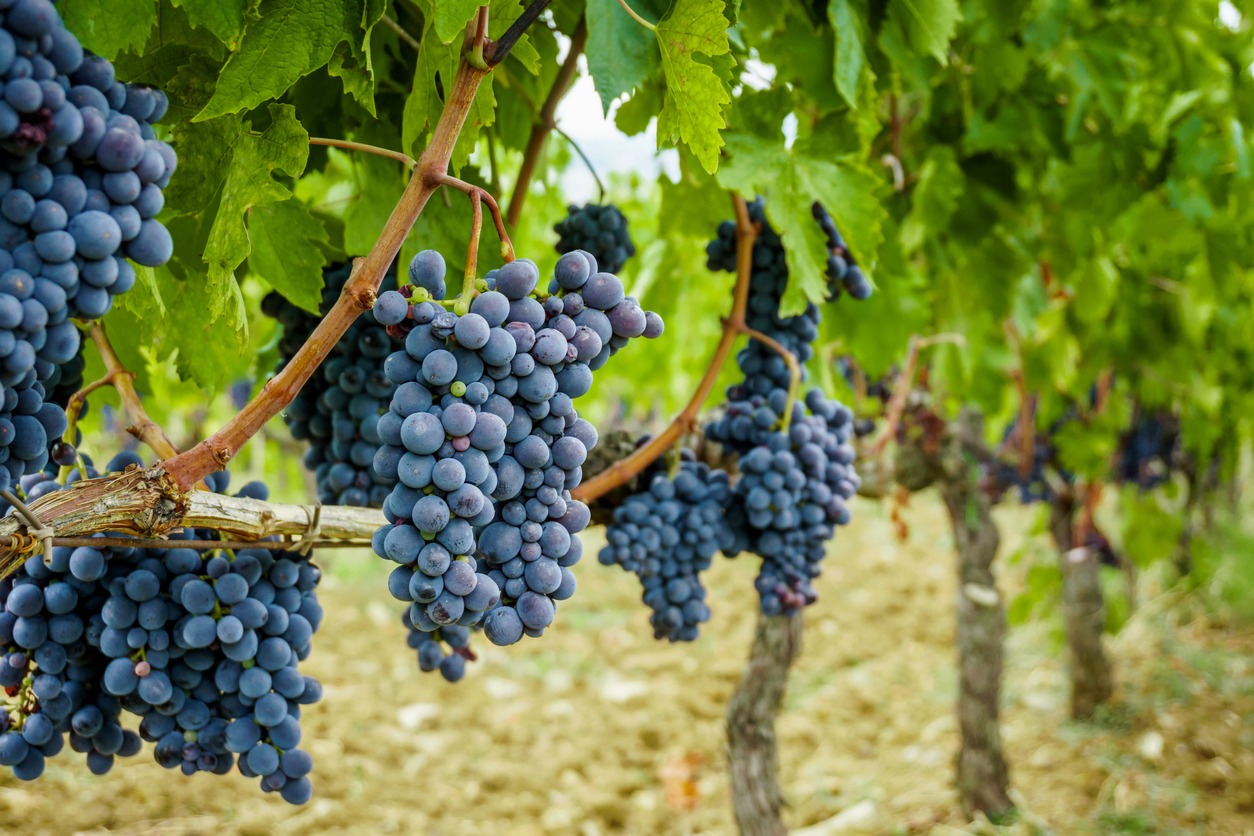Whether it is Sangiovese or Chianti wine, one must feel the privilege and luxury of tasting the world’s best wines. Both Sangiovese and Chianti are best-loved wines on the planet.
Many are amazed by the savory and fruit flavors of these two wines. Both of their characteristics remain a standard in the winemaking industry.
Sangiovese (SAN-jo-vay-zay) has remained one of the famous red grape varieties. It is a well-loved fruit in Italy. This grape has high acid, medium body, and high tannin, making its flavor fantastic.
The rich textures of Sangiovese also happened in how the vines were planted. The grapes can show tasty characteristics, from sweet to spicy to peppery. Sangiovese can also exhibit a texture similar to oak, dark fruit, and spice.
As a thin-skinned grape, Sangiovese is abundant from Emilia-Romagna down to Puglia, in the central region of Italy, particularly in Tuscany.
“Sangiovese has a summer growing season and is often harvested in late September and early October in the northern hemisphere. While the vast majority of sangiovese grapes are grown in Italy, it has become more popular in California and Australia,” said Stacy Slinkard, a wine expert at the Spruce Eats.
Sangiovese is best paired with Italian classics such as pasta bolognese and pizza.
It is also fantastic if consumed with roasted chicken, grilled steak, lamb chops, Parmesan and provolone cheese.
This type of wine is widely available at supermarkets, liquor stores and wine bars under different Super Tuscan, Chianti, and Brunello di Montalcino labels.
“These wines tend to be a bit pricey since they have a long, rich history and are often high quality,” said Slinkard.
In the early 2000s, California vintners’ ‘Cal-Ital’ movement pushed for the planting of Italian varieties in the Golden State, according to Bryce Wiatrak, a wine expert.
“Among those grapes was Sangiovese, which first arrived in California by way of 19th century Italian immigrants critical to the early successes of the American wine industry,” added Wiatrak in his article at the Delectable.
Interesting facts about Sangiovese
1. Sangiovese is a superstar
Sangiovese is the 13th most cultivated wine grape in the planet, according to the Grape and Wine Research and Development Corporation. This grape is planted anywhere globally, from Canada, Australia, Israel, and in Chianti, of course.
2. Sangiovese is bright amid its pale color
Despite its pale color, sangiovese exhibits a bright, acidic, and tannic texture. The flavor of this wine can be fruity, sour, and herb-like.
3. Sangiovese first arrived in Corsica’s shore in 14th century
Interestingly, Sangiovese under the alias Nielluccio, is the most important red wine variety. According to historians, they theorized that Sangiovese first came to Corsica’s shores around the 14th century when the Republic of Genoa dominated the place.
4. Sangiovese derives from the Latin “sanguis Jovis” or “Blood of Jupiter”
Sangiovese’s name is widely debated. Accordingly, the name was supposedly invented by monks in Santarcangelo di Romagna.
On the other hand, Chianti is acknowledged for its increased quality. A fantastic bottle of Chianti seduces many wine consumers at an affordable price.
Chianti finds its home in Tuscany. Its tradition and history came from the Etruscans. The cultivation on Chianti reaches across Florence, Siena, Arezzo, and Pisa.
During the Renaissance Period, Chianti also achieved its glory among wine lovers and winemakers.
“Like all Italian wines, Chianti comes with rules. And like all Italian rules, they are frequently confusing. There are several categories of ‘Chianti,’” according to the Wine Mag.
“There’s Chianti, which is the catchall appellation at the bottom of the quality pyramid; Chianti Classico, which has its own appellation; and Chianti Rufina and Chianti Colli Senesi, subzones of Chianti known for their high-quality bottlings,” it added.
Interesting facts about the amazing Chianti wine
1. Chianti is a red, dry wine
Chianti is a red, dry wine produced only in a particular region in Tuscany, Italy.
2. Chianti appeared in medieval manuscripts
According to historians, Chianti appeared on manuscripts and old documents from 1200s.
A military league known as Lega di Chianti protected this wine variety. Chianti is well-cultivated since medieval times.
3. Chianti is based on the Sangiovese grape
For hundreds of years, the Chianti Classico wine was a combination of grapes grown only in the specified area in Italy.
It has different percentages of reds like Sangiovese, Canaiolo Nero, Colorino, Trebbiano and Malvasia.
4. All Chianti Classico wines are at least 80 percent Sangiovese
Chianti is blended with native grapes like Colorino and Canaiolo Nero. While some Chianti Classico bottles are composed of 100 percentage Sangiovese.
5. Chianti Classico bottle is marked with a black rooster
A black rooster is being marked in every Chianti Classico. Accordingly, the 14th-century Lega di Chianti that backed Chianti’s main towns used black rooster, as its official emblem.
6. Chianti Classico has light in color, with subdued red
Chianti Classico has a blend of light, red, and brown color. It has both powerful and delicate textures. Chianti is famous for is rustic, juicy, and elegant texture. It has a starting 12 percent alcohol, making it a refreshing and lighter-bodied wine, perfect to be paired with your favorite food or dish.
Because Sangiovese is very thin-skinned, the juice produces a rich, alcoholic, and long-standing wine. The wine itself is known for being fruity and naturally acidic. The aroma is non-aggressive, and it is best enjoyed with the excellent cuisine of Italy. As Fernande Garvin once said, “Wine makes a symphony of a good meal!” When paired with food, Chianti and other Sangiovese blends shine!
Sangiovese’s natural acidity matches up with foods like tomatoes and citrus and cuts through rich dishes like rabbit, duck, or tomato-based pastas.
Recipes to pair with Chianti or Sangiovese:
Roast Quail Stuffed with Pate and served in a Pastry Crust
Roast Veal with Lemon and Aniseed
Frescobaldi wines to pair with the above dishes include:




